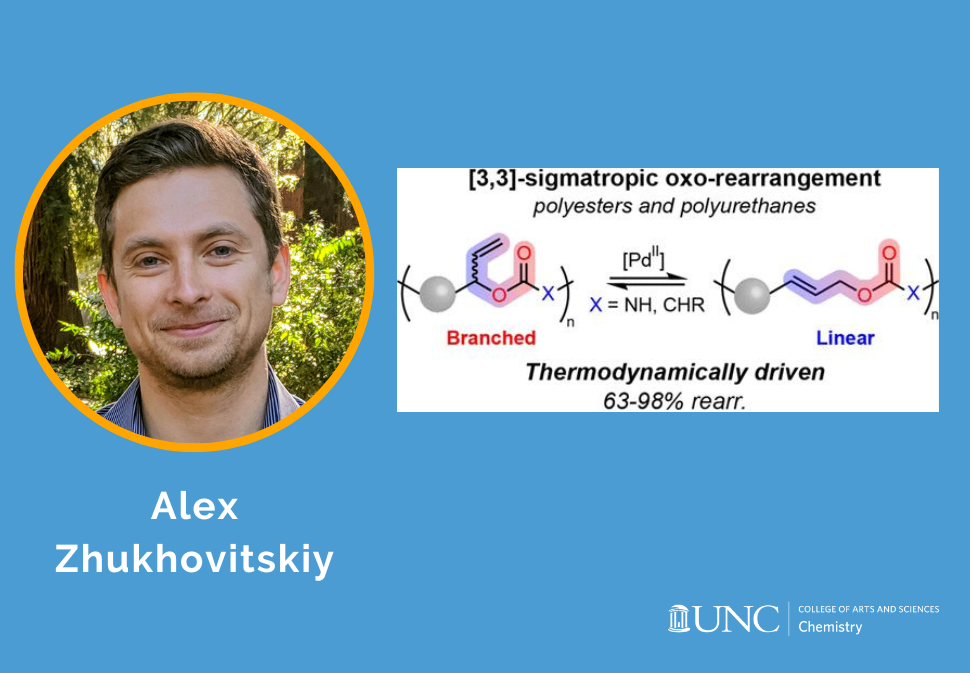Architectural Editing of Polyesters and Polyurethanes via Palladium(II)-Catalyzed [3,3]-Sigmatropic Oxo-Rearrangements
Abstract
Architecture underlies the thermomechanical properties of polymers. Yet, few strategies are available to tune a polymer’s architecture after it is prepared without altering its chemical composition. The ability to edit the architecture of a polymer would dramatically expand the accessible architecture-property space of polymeric materials. Herein, we disclose a backbone rearrangement approach to tune the short-chain branching of polymers. Specifically, we demonstrate that palladium(II)-catalyzed [3,3]-sigmatropic oxo-rearrangements can transform branched polyesters and polyurethanes to their linear counterparts. While the effects on materials properties are generally subtle in the case of polyesters, more dramatic changes are observed in the case of polyurethanes: two polyurethanes undergo a soluble-to-insoluble transition, and one exhibits a dramatic increase in both strain at break and toughness after rearrangement. Additionally, the incorporation of alkenes in the polymer backbone through the rearrangement enables facile deconstruction via ethenolysis. In all, we disclose a powerful and broad-scope strategy to edit the architecture of polymer backbones and thereby tune their physical and chemical properties.
Citation
Architectural Editing of Polyesters and Polyurethanes via Palladium(II)-Catalyzed [3,3]-Sigmatropic Oxo-Rearrangements
Rachael A. J. Ditzler, Rachel M. Rapagnani, Nathaniel K. Berney, Ross F. Koby, Erin C. Krist, Benjamin J. Kruse, Hilary D. Fokwa, Ian A. Tonks, and Aleksandr V. Zhukhovitskiy
Journal of the American Chemical Society 2024 146 (22), 15286-15292
DOI: 10.1021/jacs.4c02917


